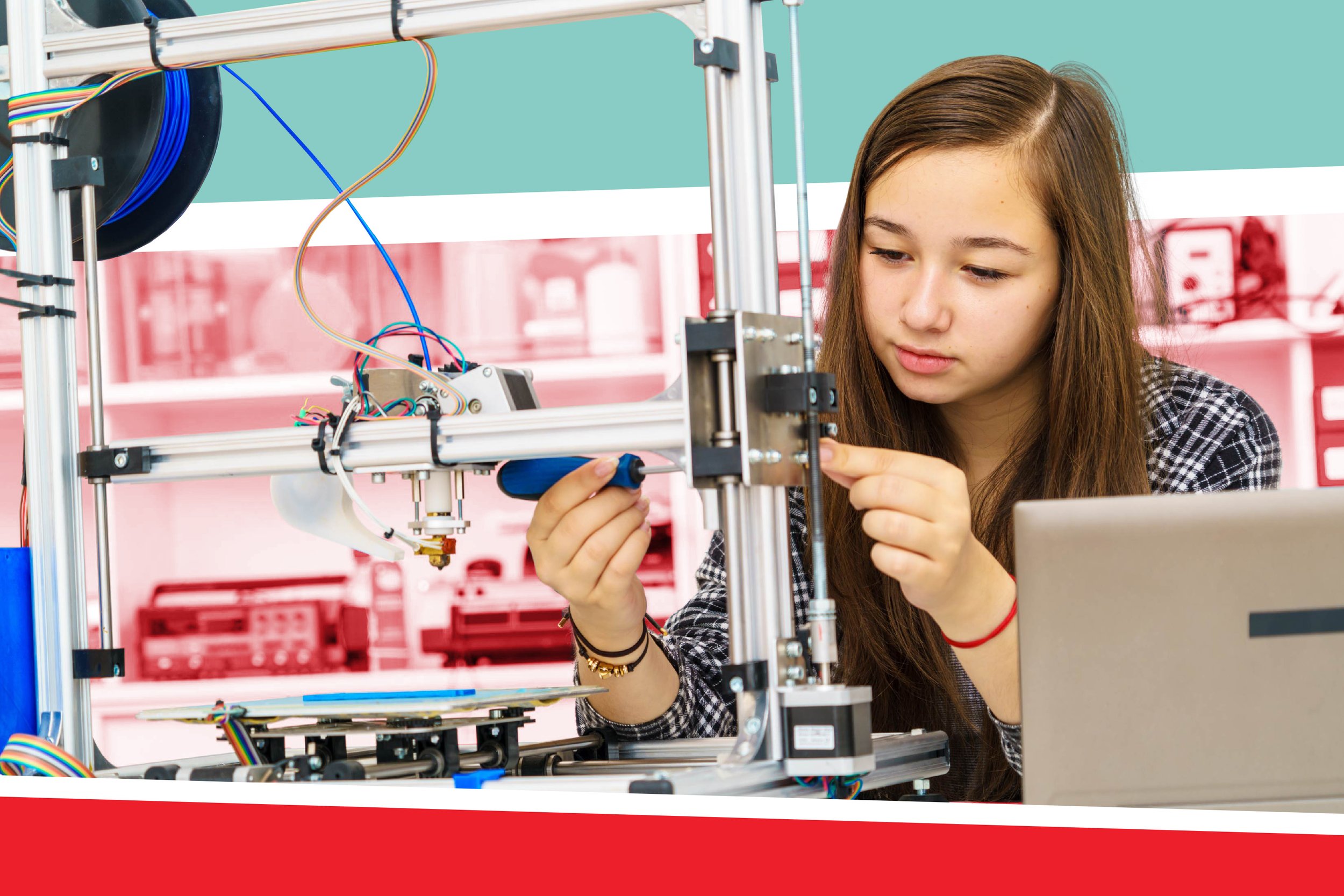Trade schools are facing a real problem today: 65% of employers want new hires to have hands-on experience, but classroom training alone can’t replicate real-world pressures 1. That's where externship programs come in. These short-term, immersive experiences let students jump into real workplace situations and tackle actual problems while they're still learning.
 Take Jake, a welding student from Ohio. During his three-week externship at a fabrication plant, he discovered automated plasma cutting systems weren’t covered in class. His mentor taught him to program the equipment while troubleshooting a rush order.
Take Jake, a welding student from Ohio. During his three-week externship at a fabrication plant, he discovered automated plasma cutting systems weren’t covered in class. His mentor taught him to program the equipment while troubleshooting a rush order.
"That externship showed me where my textbooks fell short,"
Jake says. That gap-bridging experience is why trade schools nationwide are redesigning career prep around externships.
Solving Common Roadblocks to Success
Challenge 1: Scheduling Conflicts
Trade students juggle packed course loads and part-time jobs. Micro-externships solve this through:
- 1-2 week rotations during school breaks
- Hybrid models mixing VR simulations with weekend site visits
A Midwest HVAC program used this approach, and they doubled externship participation without delaying graduations 2.

Challenge 2: Convincing Local Employers
Businesses fear costs and productivity loss. Flip the script by:
- Offering free "train your future workforce" pitches
- Promoting state tax credits (up to $5K per student in Texas/Ohio/Georgia) 3
- Starting with low-risk projects like inventory audits or equipment maintenance
Crafting Industry Partnerships That Work
Target the Right Allies
Focus on businesses needing entry-level talent:
- Construction firms facing skilled worker shortages
- Auto dealerships with new EV diagnostic tools
- Dental offices upgrading to digital radiography

Protect All Parties Legally
Contracts should clarify:
- Liability coverage for student activities
- IP ownership of any process improvements they develop
- Minimum 3 years’ experience for on-site mentors
These steps helped a Kansas plumbing school partner with 23 local contractors. Their joint program placed 89% of graduates within six months 4.
Designing Externships for Maximum Impact
Make It Real, Make It Matter
Assign authentic work like:
→ Drafting ADA-compliant bathroom plans for carpentry students
→ Diagnosing engine codes in hybrid vehicles for auto techs
→ Conducting mock patient triage for dental assisting trainees

Build Feedback Into the Process
- Weekly skills checklists: "Can student independently operate CNC lathe?"
- Employer surveys rating problem-solving abilities
- Alumni tracking: 70% of externship grads stay in their field vs. 52% without 5
Measuring What Matters (And Fixing What Doesn’t)
Track These KPIs Religiously
- Student success: 80%+ completion rates, post-program job offers
- Employer ROI: Repeat participation, reduced onboarding costs
- Skill gaps: Tasks where 30%+ students needed remediation
 When a Florida electrical program noticed externs struggling with smart home installations, they added IoT wiring labs. Employer satisfaction jumped 40% 6.
When a Florida electrical program noticed externs struggling with smart home installations, they added IoT wiring labs. Employer satisfaction jumped 40% 6.
The Bottom Line for Trade Schools
Externships for trade school students are launch pads for real careers. When schools combine smart employer partnerships, hands-on projects that mirror actual jobs, and constant feedback, they turn beginners into the kind of workers companies can't wait to hire.
Next Steps:
- Map local employers facing urgent hiring needs
- Pilot a micro-externship during next term break
- Use our free externship evaluator toolkit at [YourSchoolName].edu/externships
Tomorrow's welders, electricians, and healthcare workers need these real-world experiences now. Build the bridge.

